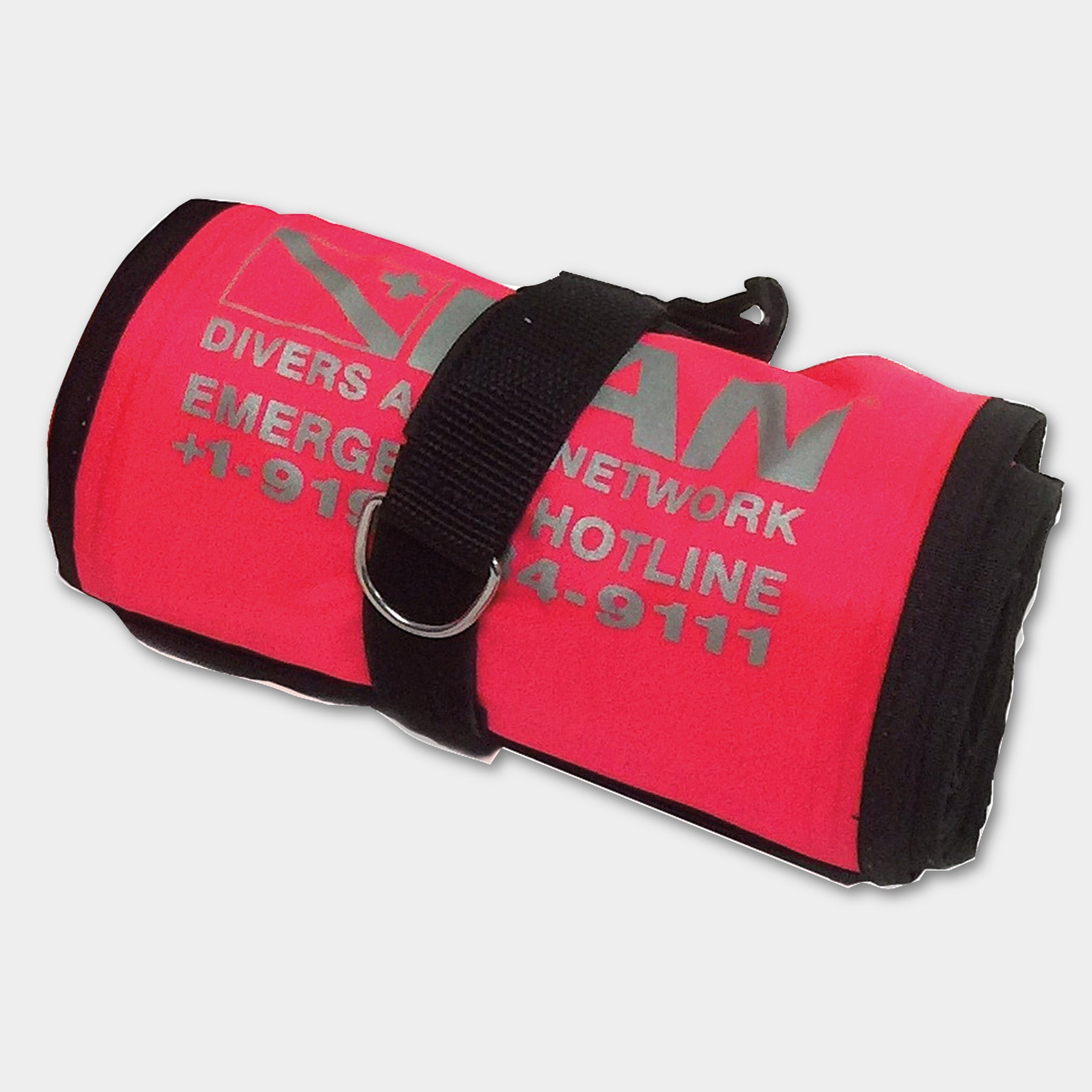Dan
Contributor
I pick none of those. I don’t like the open bottom SMB. It’ll deflate once the bottom end breach the surface. I prefer the nozzle inflated DSMB which I can deploy at depth.
Deploying DSMB at depth is important for early signaling once you are swept by swift current. Otherwise you’ll be too far away from the skiff if you deploy it at the surface.
For example a dive site called Peleliu Cut in Palau. To dive this site, you descend to the bottom, get yourself ready with a reef hook on one hand and slowly ascend to Peleliu ledge where the current is steadily getting stronger. Once you reach the ledge, you need to hook on to a pocket on the ledge. If you miss the hook-in spot, you will be blown away to the blue by the the swift current. That’s the time you need to deploy your DSMB where by the time it pops up at the surface, it will still be within the visible range of the skiff pilot eyes. If you wait to deploy it when you reach the surface, you’ll be too far away from the skiff. The next island is in the Philippines, hundreds of miles away.
Deploying DSMB at depth is important for early signaling once you are swept by swift current. Otherwise you’ll be too far away from the skiff if you deploy it at the surface.
For example a dive site called Peleliu Cut in Palau. To dive this site, you descend to the bottom, get yourself ready with a reef hook on one hand and slowly ascend to Peleliu ledge where the current is steadily getting stronger. Once you reach the ledge, you need to hook on to a pocket on the ledge. If you miss the hook-in spot, you will be blown away to the blue by the the swift current. That’s the time you need to deploy your DSMB where by the time it pops up at the surface, it will still be within the visible range of the skiff pilot eyes. If you wait to deploy it when you reach the surface, you’ll be too far away from the skiff. The next island is in the Philippines, hundreds of miles away.





